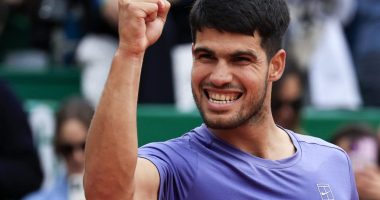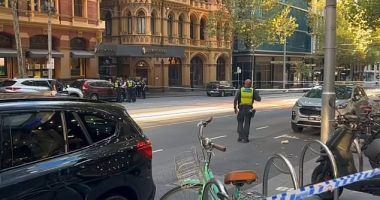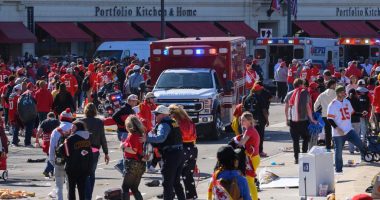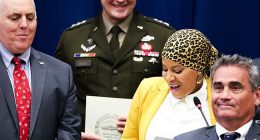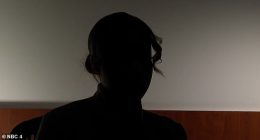When new mother Kim Vo, 31, noticed one of her toddler Chase’s eyes looked slightly different from the other, she thought it was simply one of his irises changing colour, as can happen in the early months.
“The difference was so subtle,” Vo said.
But when she looked closer with her husband Ryan Lim, 30, they noticed a his left pupil was obscured by a white clouded blur.
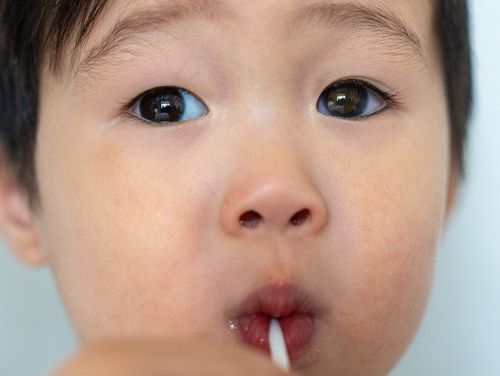
They rushed Chase to see various eye experts and eventually, it was confirmed.
Chase had suffered a detached retina and couldn’t see anything from that eye.
Vo said the parents were “confused and devastated”, especially when they were told it was likely caused by an injury.
All they could think of was he had suffered a black eye after falling a few months before.
“Knowing our child could have gone completely blind, how could this have happened?” Vo said.
Initial hopes little Chase’s sight could be saved faded after more specialist appointments.
They opted for the surgery on June 30 this year and had a special family photo shoot before his eye was removed.

But a week after medics did the surgery, they were given an even more devastating update.
Chase did have cancer, a rare kind called Retinoblastoma.
The tumour had been growing behind the retina, which caused the sight loss.
“I feel like every next step we took we got another stage of bad news,” IT Product owner Vo said.
“It felt like something was ripped out of my body. My heart sank.”
Chase underwent multiple doses of chemotherapy at Melbourne’s Royal Children’s Hospital.
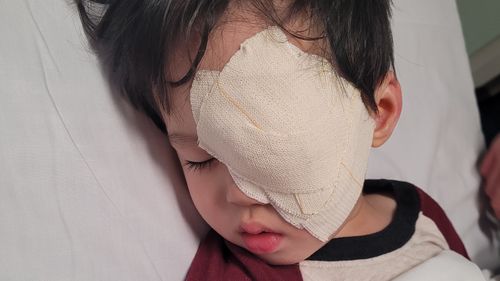
Now the family is taking him to America for more treatment, which isn’t on offer in Australia.
He’ll have targeted proton radiation daily for five weeks at UF Health Proton Therapy Institute in Jacksonville, Florida from early November.
Read Related Also: MAID in Canada: Addicts Can Soon Exchange Their Needles for the Government's
It allows more targeted radiotherapy around the delicate areas of the brain
Because he’s so young he’ll be put to sleep every day for the treatment.
“Initially you feel so guilty that he’s in this position,” Vo said.
“I so badly would trade places with him.”
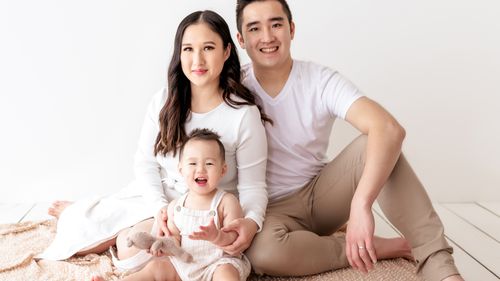
Despite what he’s going through, the couple say Chase is coping well.
He’s into “anything with wheels” such as trains and trucks, his mother said.
“Chase is such a playful, happy boy,” Vo said.
His dad, analyst Ryan, said even with all the procedures, such as having a prosthetic eye fitted, his son remains happy.
“He’s been the bravest of all,” he said.
“He still comes out at the end of it smiling.”
Australia’s Medical Treatment Overseas Program will pay for Chase’s treatment – but only the flights and accommodation for one of his parents.

Retinoblastoma is a rare tumour that can develop in the lining of a child’s eye, called the retina.
The retina is the layer at the back of the eye that detects and senses light.
Signs and symptoms include a white appearance or glow of the pupil, which tends to reflect light, similar to a cat’s eye.
A squint or a crossed or turned eye can develop, along with redness and poor vision.
Treatment can include removal of the eye, chemotherapy and radiotherapy.
In 2022, it is estimated that 776 children were diagnosed with cancer according to Cancer Australia.
According to Cancer Australia the survival rate of childhood cancers is 85 per cent.

